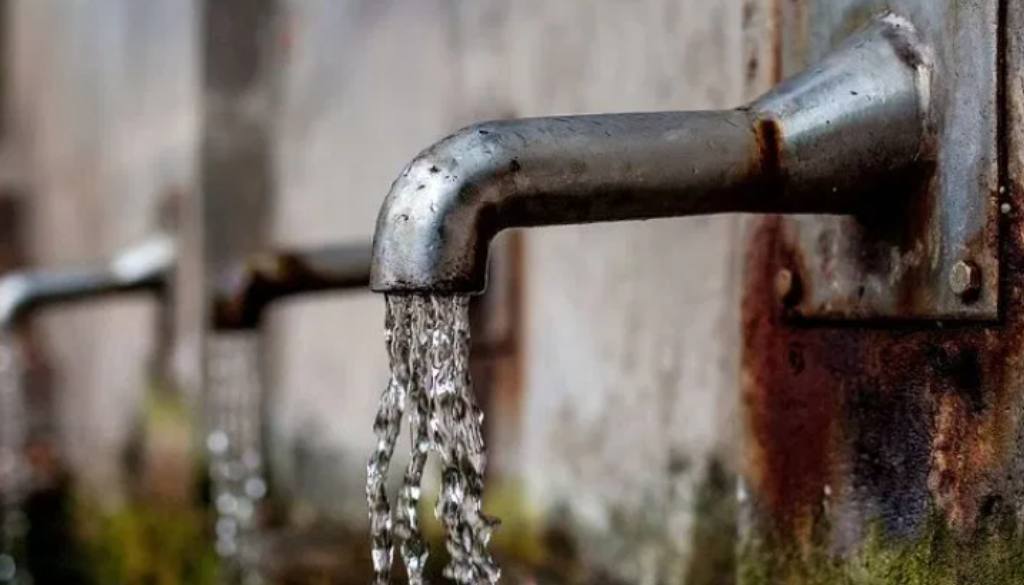Pune District Faces Alarming Drop in Groundwater Levels: Baramati Taluka Declines by 4.98 Feet

Pune, 11th March 2024: The groundwater level in the Pune district has experienced a decline of an average of 2.55 feet, attributed to insufficient rainfall, excessive water abstraction, and a lack of public awareness regarding well and Bore wells replenishment. The impact is particularly noticeable in Baramati taluka, where the groundwater level has decreased by 4.98 feet, leading to an overall decline of 18.20 feet.
According to the observations made by the Groundwater Survey and Development System in January 2024, 12 out of the 13 talukas in the district have witnessed a decline in groundwater levels ranging from 0.52 to 4.98 feet. Ambegaon taluka stands out as an exception, registering a marginal increase in groundwater levels by 0.72 feet.
The Groundwater Survey System records these groundwater levels, providing insights into the fluctuations in each taluka. The survey compares the groundwater levels in January of the current year with the average levels of the previous five years. This analysis helps in understanding the dynamics of groundwater availability and depletion in the region. The findings underscore the need for sustainable water management practices and increased public awareness to mitigate the challenges posed by declining groundwater levels.
This year, a noticeable decline in groundwater levels has been observed, reaching 14.37 feet. Groundwater monitoring sites are strategically located based on catchment areas, and the Groundwater Department has recently released its report following a comprehensive study of records taken in January. The findings reveal a concerning decrease in groundwater levels across the district.
Diwakar Dhote, Senior Geologist of Pune district, emphasized the importance of water literacy to address the decline in groundwater levels. He stated, “To enhance groundwater levels and promote water conservation, it is imperative to prioritize water literacy. Farmers need to understand how to effectively recharge rainwater for the wells in their fields, including wells, bore wells, and boreholes. Various methods can be implemented for this purpose, and the key is raising awareness among stakeholders. The Atal Bhujal Yojana, implemented by the Central Government and the Maharashtra State Government, introduces multiple measures to boost groundwater levels. Additionally, achieving 100% drip irrigation in the horticultural sector is crucial for sustainable water management.”
Groundwater Level Monitoring Data:
1. Number of Wells: 192
2. Number of Bore holes: 71
Decline in Groundwater Level (in feet) over Five Years in Talukas:
– Ambegaon: +0.72 (Increase)
– Baramati: -4.98
– Daund: -3.47
– Bhor: -3.57
– Haveli: -0.85
– Indapur: -3.47
– Junnar: -1.50
– Khed: -0.52
– Maval: -1.01
– Mulshi: -3.05
– Purandar: -4.29
– Shirur: -3.28
– Velhe: -4.13
Current Groundwater Level in the Talukas:
– Ambegaon: 10.13 feet
– Baramati: 18.20 feet
– Daund: 17.97 feet
– Bhor: 10.92 feet
– Haveli: 14.17 feet
– Indapur: 18.40 feet
– Junnar: 20.93 feet
– Khed: 10.49 feet
– Maval: 6 feet
– Mulshi: 10.30 feet
– Purandar: 20.73 feet
– Shirur: 16.89 feet
– Velhe: 11.38 feet








